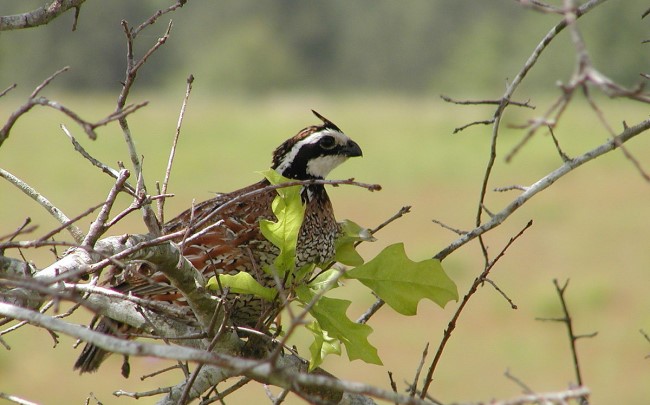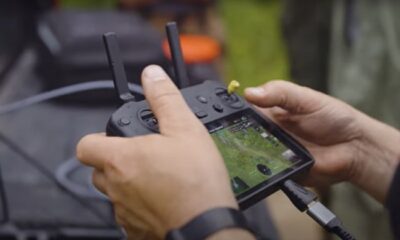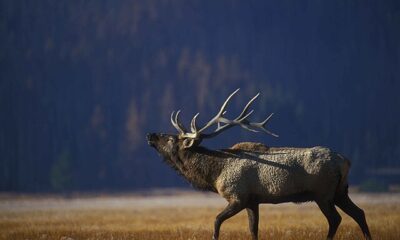Adventure
What About Bob? Uphill Battle for the Bobwhite Quail
Quail hunting is nothing like it once was.
When fence rows from small farms and family gardens crisscrossed Alabama and the Southeast, the bobwhite flourished. Since large-scale farming operations became the norm and many families moved to urban and suburban areas, the quail habitat has significantly diminished and so has the number of wild bobwhites.
“Unfortunately, we can’t turn back the clock to the habitat we had at landscape levels in 1970 and prior,” said Steven Mitchell of the Alabama Department of Conservation and Natural Resources’ (ADCNR) Wildlife and Freshwater Fisheries (WFF) Division. “We do have some private lands that manage for wild bobwhites, and they have to intensively manage year-round for wild quail. They have the resources to do that, and they have good populations there. When I say good populations, I’m talking about how many (dog) points per hour. Some places find four or five coveys per hour. That’s the old Southern style hunting off of horseback and mule-drawn wagons. So, they’re moving, and they have some big running dogs. That’s how they can find those numbers per hour hunting.
“But they have also put in the work on the habitat to have that number of wild birds. It’s difficult to manage public areas for just quail,” Mitchell said. “We have to manage for multiple species, but we do have areas that we consider ‘quail emphasis’ areas, where the management is more focused on improving quail habitat conditions. We continue to identify and expand emphasis areas where feasible. Though bobwhite densities remain low, we have seen some positive responses.
“We still have people who are very interested in quail hunting. Quail hunters are still finding some birds on WMAs. Some have reported finding a few coveys in a three- or four-hour hunt. Those successful hunters contribute their success to weather and scenting conditions. Colder days were reported to be better due to increased movement of quail to satisfy their higher metabolic rates during lower temperatures. Cool, moist days are also best for dogs to locate bird scent.”
Mitchell returned to how the landscape across the Southeast has changed dramatically in the last 50 years. Those changes have made it difficult for the wild bobwhites to adapt.
“Small farms, brushy fence rows, and unproductive ground left to fallow made up the landscape back then,” Mitchell said. “With those old fence rows and more crude equipment compared to what we have today, it was a different type of farming. It was patchwork farming, and that was everywhere. Those old fence rows, hedgerows, and small fields provided nesting, brooding, and escape cover for quail. It was ideal habitat for quail. All that is different now with clean farming. Fence rows got cleaned up, and you have farming from tree line to tree line. That’s one reason for the reduction of habitat across the quail range.
“Timber management has also changed over time to more short-term rotations. Closed-canopy pine stands don’t provide habitat for quail. Some beneficial habitat is provided after planting, but the canopy closes after a few years and shades it all out as those trees put on vertical growth. Many more years pass until the first thinning, which lets some sunlight get to the ground and improve conditions for quail. But as that canopy closes back, the cover decreases again until the next thinning.”
The attitude of some landowners has also shifted from trying to manage for a huntable quail population to providing enough habitat where they can at least hear the bobwhite’s distinctive whistle.
“We get several of those calls,” Mitchell said. “We have people with different acreages who say, ‘I haven’t heard a quail here since I bought it. What can I do?’ We provide services where we do a site visit and recommend what a landowner should do. That doesn’t mean they are going to have quail, but we can help guide habitat improvements to try.
“Timber density is usually a starting point on most properties. Cover for quail can’t grow without sunlight getting to the ground, so you have to open up that canopy. With that, nesting conditions improve, and brood-rearing conditions improve. Quail spend their entire life on the ground, and their survival depends on having proper ground cover available year-round. Terms for quail cover include escape or loafing, nesting, and brood-rearing cover. Without getting too far in the weeds on cover types, brood-rearing cover is usually the most lacking habitat component on properties we visit. This is simply weedy areas where adult quail raise chicks. Brood cover provides overhead protection from predators and bare ground underneath allowing quail chicks easy movement to forage for insects.”
Another crucial management practice is the use of fire for controlled burns, which improves the habitat for a wide variety of birds and wildlife.
“You need a good burn plan,” Mitchell said. “Quail are called the firebird. Fire is the cheapest and most efficient tool in the box for creating and maintaining quail habitat.”
“Anybody who is wanting a lot of shooting, hunting pen-raised birds is the way they’re going to have to go,” Mitchell said. “Wild birds can still be found on most WMAs but be prepared to put in a lot more leg work than gun work.”
-
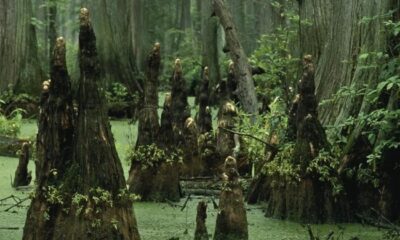
 Hunting1 month ago
Hunting1 month agoDrain the Swamp: Corruption Scandal at Washington State’s Fish & Wildlife
-
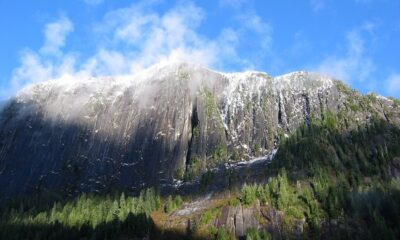
 Adventure2 weeks ago
Adventure2 weeks agoDoes the “Big Beautiful Bill” Have a Public-Lands Wart?
-
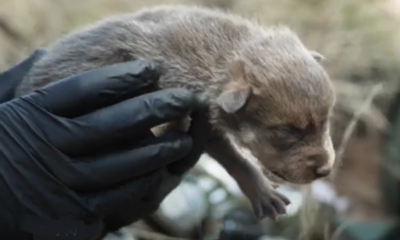
 Adventure4 weeks ago
Adventure4 weeks agoHowling in Cuckoo: How Mexican Wolves are Fostered
-
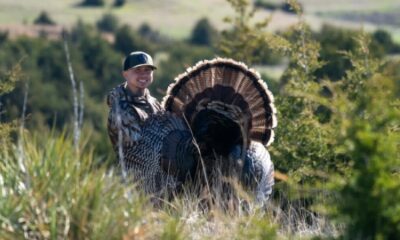
 Hunting2 months ago
Hunting2 months agoHow to Outwit the Merriam’s Turkey
-
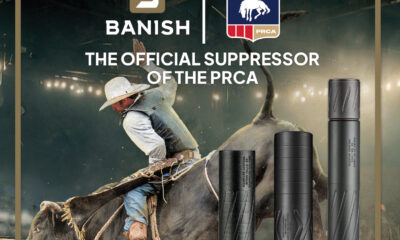
 Adventure2 months ago
Adventure2 months agoGoing Rodeo! BANISH Named the Professional Rodeo Cowboys’ Official Suppressor
-
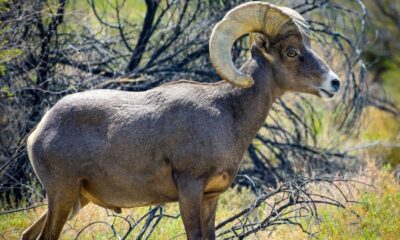
 Adventure6 days ago
Adventure6 days agoU.S. Bighorn Sheep Going Home to Canada
-
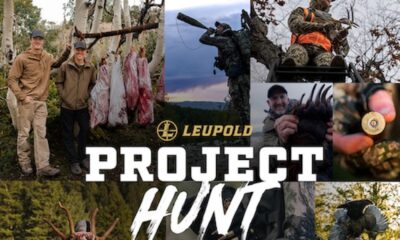
 Adventure3 weeks ago
Adventure3 weeks agoYour Dream Hunt Could Be a Movie & Leupold Can Help

